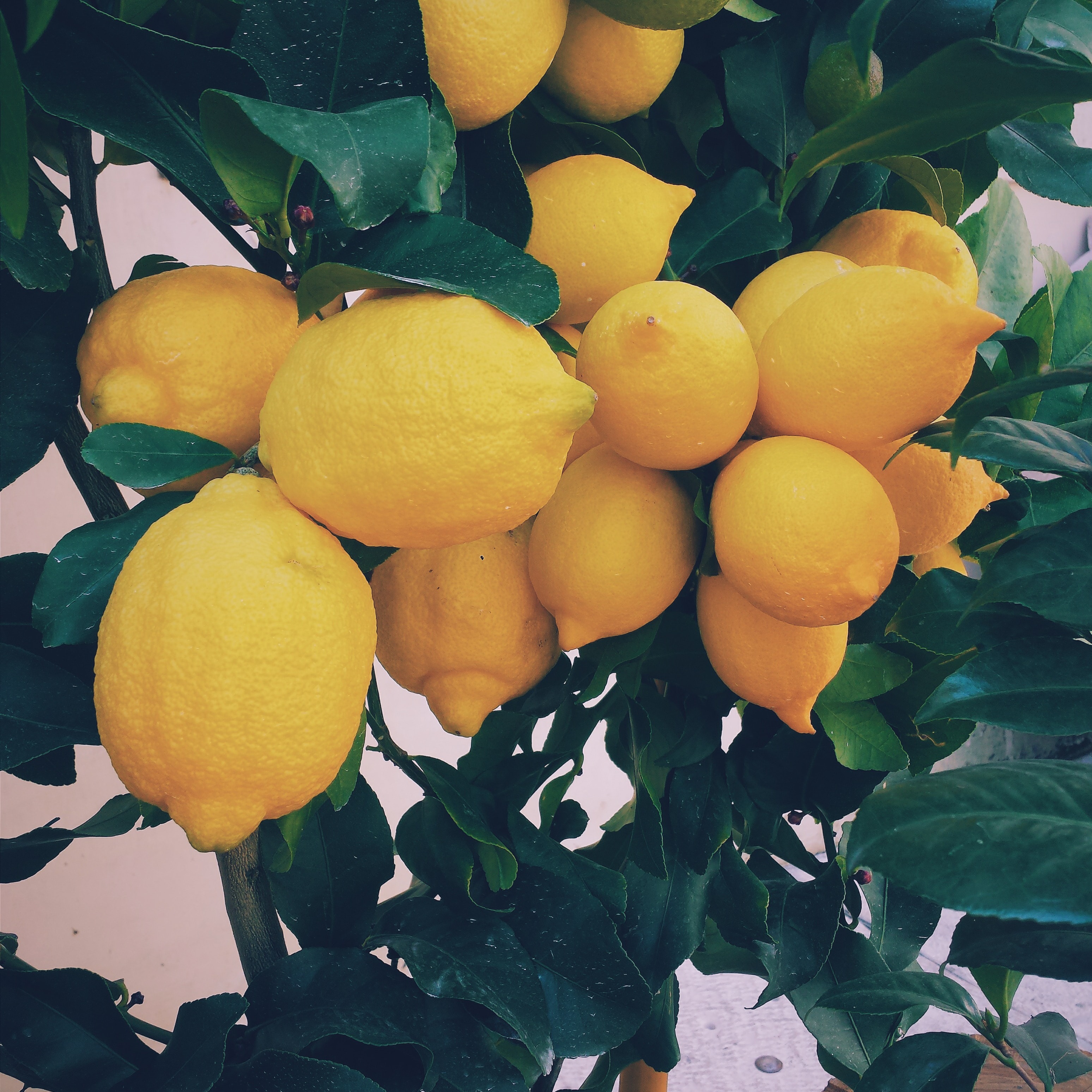
Introduction
Lemons are a bright and tangy citrus fruit that can be grown successfully in the United Kingdom, provided the right conditions are met. Although they are typically associated with warmer climates, with proper care and attention, you can grow lemons in the UK and enjoy their refreshing flavor. In this comprehensive guide, we will walk you through the process of growing lemons, from selecting the right varieties to caring for your trees and harvesting their zesty fruits. Let's dive in!
Choosing the Right Variety
When it comes to lemons, it's important to choose varieties that are suited to the UK climate. Here are a few popular choices:
- 'Improved Meyer': A compact and cold-hardy variety, known for its sweet and flavorful fruits.
- 'Eureka': A classic lemon variety with tangy flavor and abundant fruit production.
- 'Lisbon': Another popular variety that produces tart and juicy lemons.
- 'Four Seasons': A versatile variety that can be grown both indoors and outdoors, yielding fruits year-round.
Sowing and Planting
When growing lemons, it's best to start with young trees rather than seeds. Follow these steps to plant your lemon tree:
- Select a suitable container or find a sunny spot in your garden with well-drained soil.
- Prepare the soil by incorporating organic matter to improve its fertility and drainage.
- Choose a healthy lemon sapling from a reputable nursery and gently remove it from its container.
- Place the sapling in the prepared hole or container, ensuring that the top of the root ball is level with the soil surface.
- Backfill the hole with soil, gently firming it around the roots. Water thoroughly.
Growing
To ensure healthy growth and a bountiful harvest of lemons, consider the following tips:
- Sunlight: Lemon trees thrive in full sun, so ensure they receive at least 6-8 hours of direct sunlight each day.
- Watering: Keep the soil evenly moist but not waterlogged. Water thoroughly whenever the top inch of soil feels dry.
- Fertilizing: Feed lemon trees with a balanced citrus fertilizer during the growing season, following the manufacturer's instructions for application rates.
- Potassium boost: Apply a potassium-rich fertilizer or foliar spray to promote flower and fruit development.
- Pruning: Prune your lemon tree to maintain its shape, remove dead or damaged branches, and improve airflow and sunlight penetration.
- Pest control: Monitor your lemon tree for common pests such as aphids or scale insects. Use organic or chemical controls as needed.
Harvesting
Harvesting lemons is a rewarding experience. Here's how to know when your lemons are ready to be picked:
- Color change: Most lemons turn from green to yellow as they ripen. However, some varieties may retain a greenish tinge even when fully ripe.
- Size and firmness: Look for lemons that are plump and feel firm but not rock hard.
- Taste test: Squeeze a lemon gently and smell the fragrance. If it smells citrusy and the taste is tangy and flavorful, it's time to harvest!
- Harvesting technique: Use a sharp pair of pruning shears or scissors to cut the lemons carefully, leaving a short stem attached.
Plant Care
Proper care is essential for maintaining healthy lemon trees. Consider the following practices:
- Winter protection: In colder regions, it's advisable to grow lemon trees in containers that can be moved indoors during the winter to protect them from frost.
- Temperature control: Lemon trees prefer temperatures between 55-85°F (13-29°C). Avoid exposing them to extreme cold or hot conditions.
- Humidity and ventilation: Provide good air circulation around your lemon tree, as high humidity can lead to fungal diseases. Ventilate indoor-grown lemon trees periodically.
Storing and Using
Once you've harvested your lemons, here are some tips for storage and usage:
- Fresh use: Lemons can be stored at room temperature for a week or more. Keep them in a cool, dry place away from direct sunlight.
- Refrigeration: If you need to extend their shelf life, store lemons in the refrigerator in a plastic bag to retain moisture.
- Juicing and zesting: Lemons are widely used for their juice and zest. Squeeze fresh lemon juice for cooking, baking, or making refreshing beverages. Grate the zest to add flavor to various dishes.
- Preserving: Lemons can be preserved by making lemon curd, lemon marmalade, or preserving them in salt or sugar. Explore different preserving methods to enjoy lemons year-round.
Common Problems
While growing lemons, you may encounter some common issues:
- Citrus leaf miner: These tiny insects can cause distorted leaves. Monitor for signs and apply appropriate organic or chemical controls if necessary.
- Sooty mold: This fungal disease appears as a black, sooty coating on leaves and stems. Control the underlying pest infestation to prevent sooty mold growth.
- Yellowing leaves: Yellow leaves can indicate various issues such as nutrient deficiencies, overwatering, or pests. Identify the underlying cause and take appropriate corrective measures.
Conclusion
Growing lemons in the United Kingdom is an exciting and rewarding endeavor. With the right variety selection, proper care, and attention to the plant's needs, you can enjoy the tangy and refreshing taste of homegrown lemons. Remember to provide adequate sunlight, regular watering, and nutrient support to ensure healthy growth and abundant harvests. Happy lemon growing!